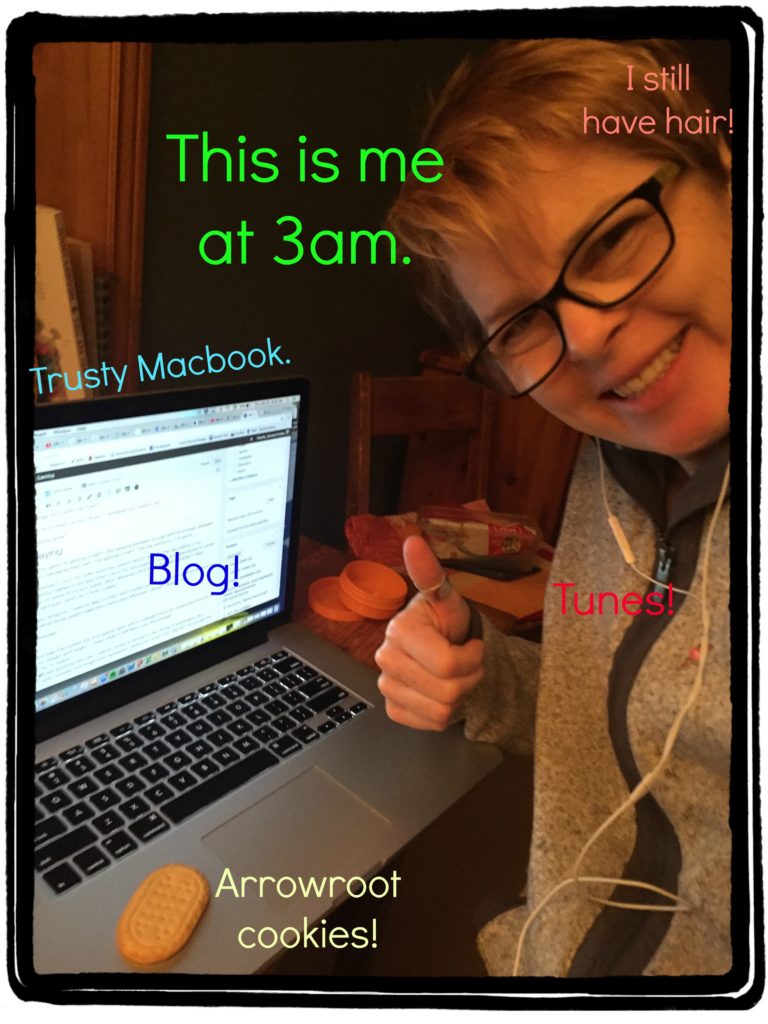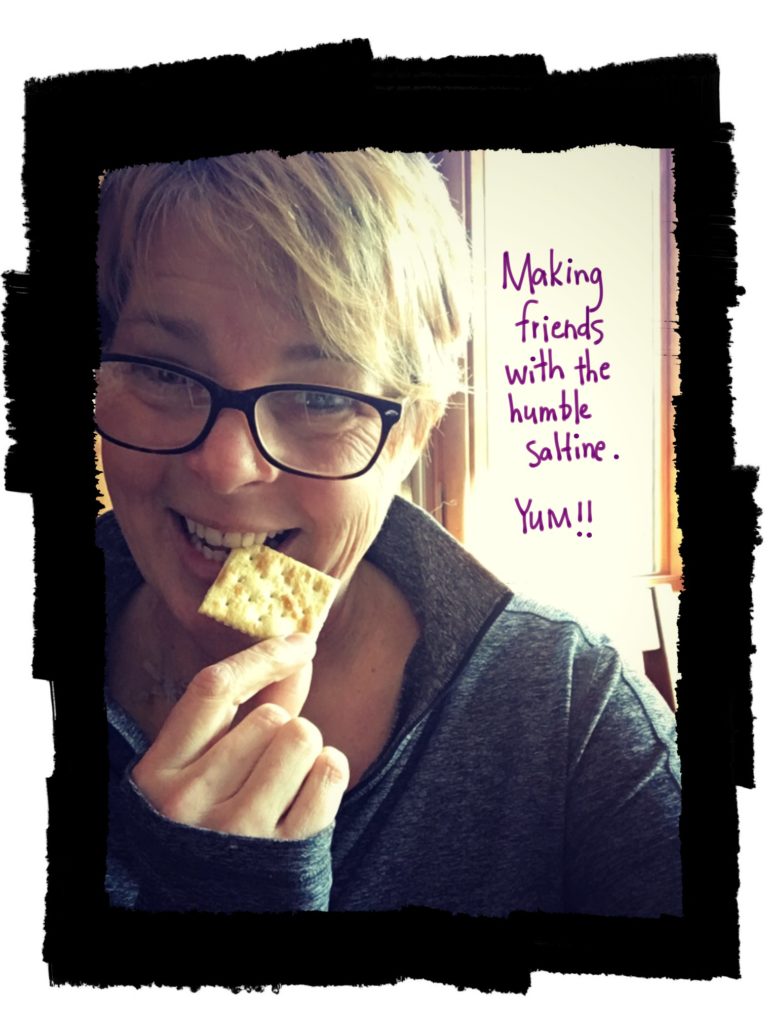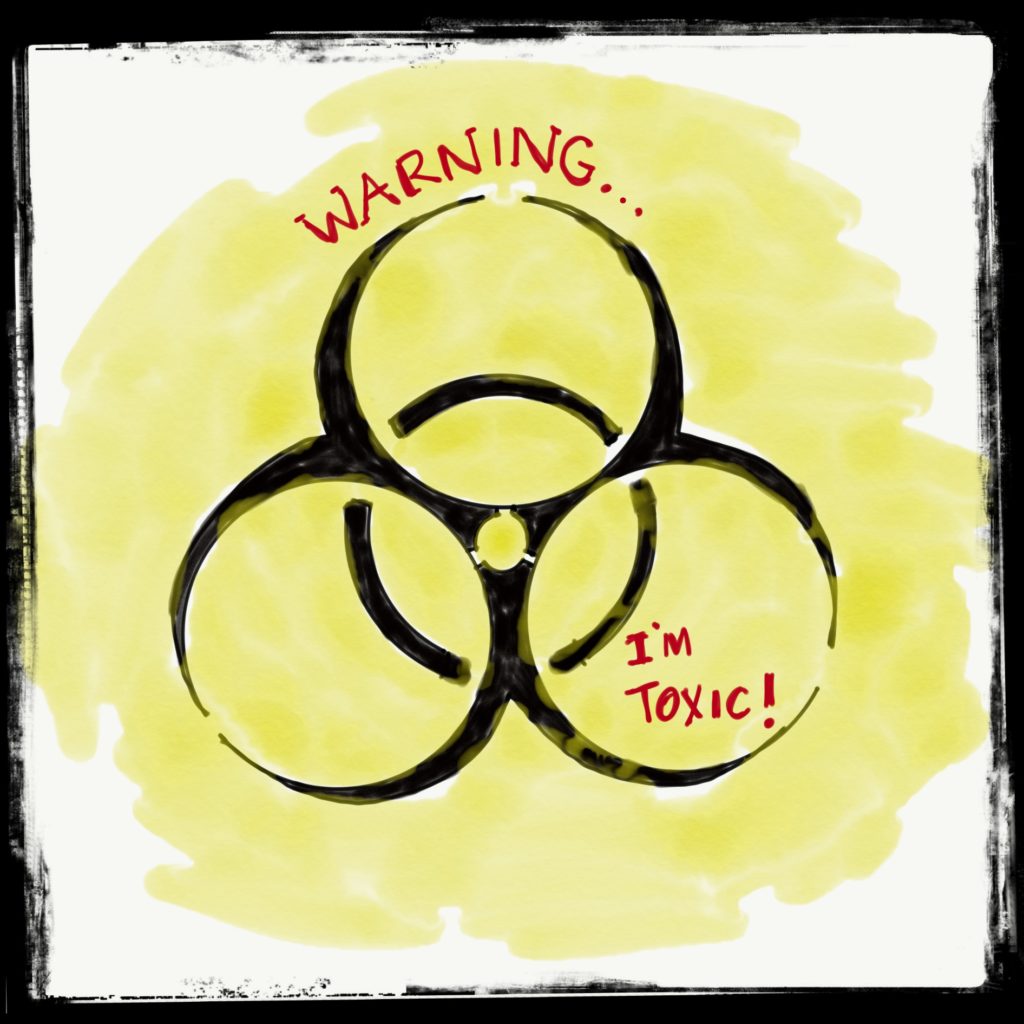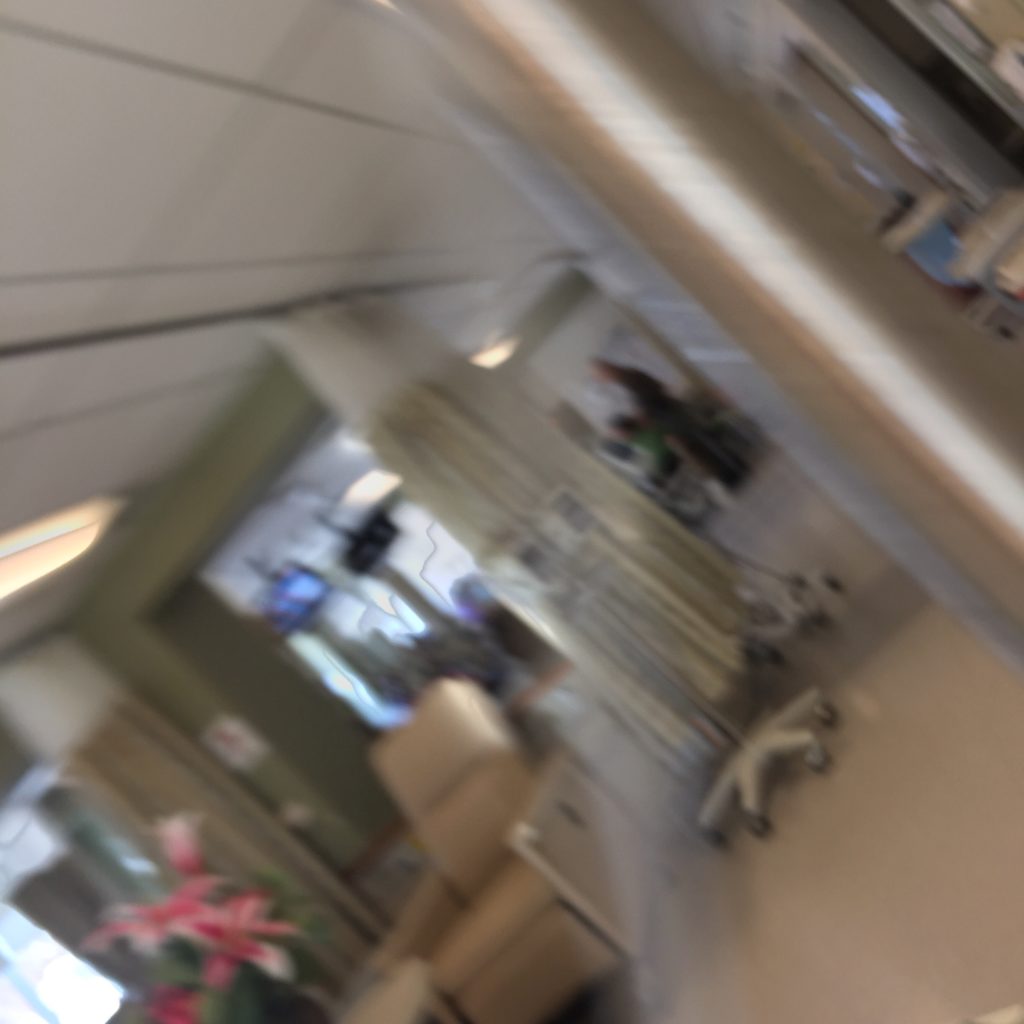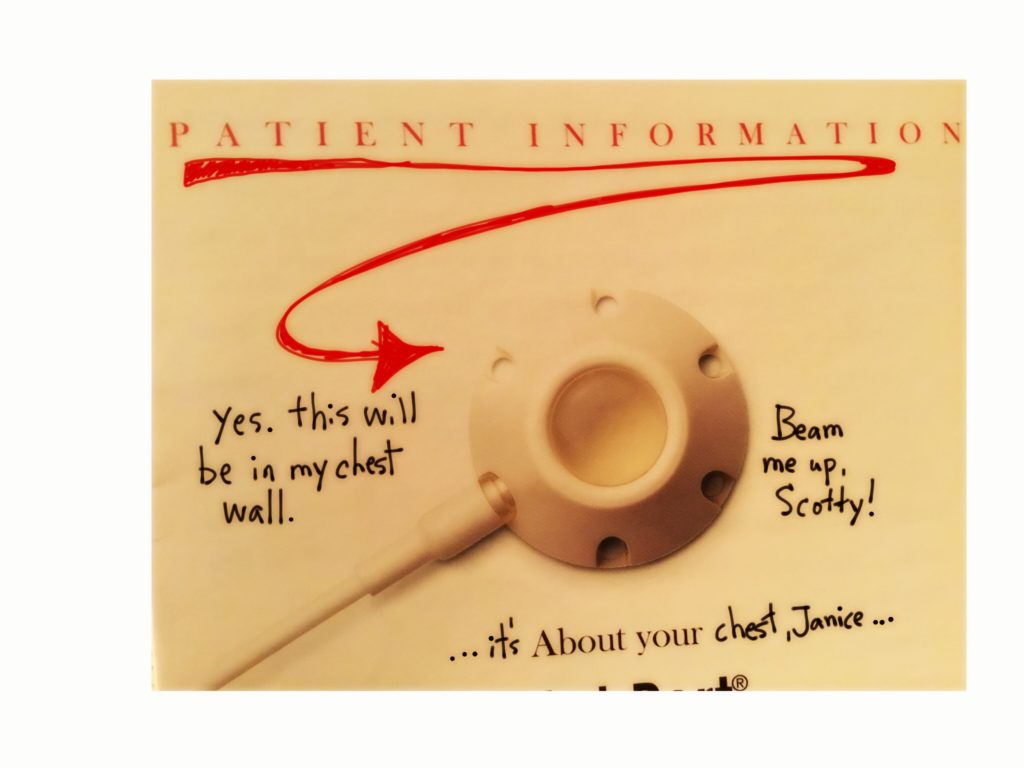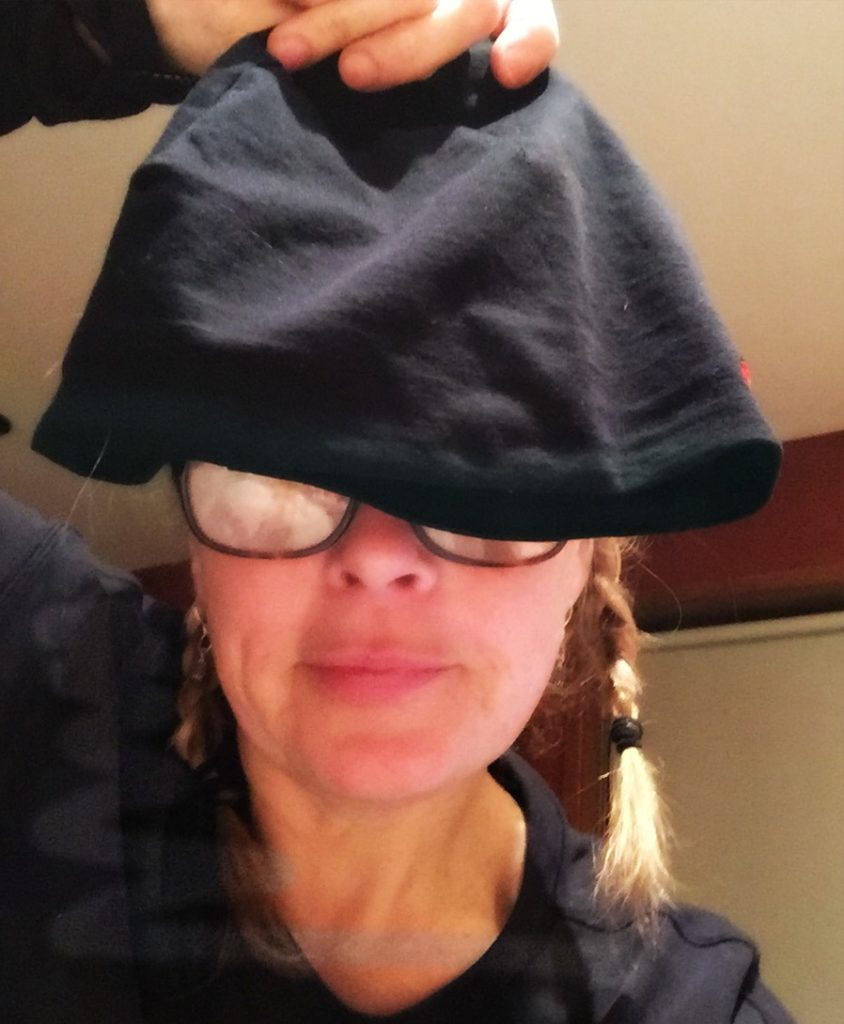Up for a game? It’s word association game. Easy and fun. (Mostly for me, but whatever…) Ok, so I’m going to say a word, you’re going to say a word. Easy. Trick is, you have to hold it in your head. And when you’re done reading, post it in the comments. K? Thx. (Maybe get a piece of paper right now. lol)
Are you ready?
First word. CHEMO. (Hold it in your head / write it down … whatever you have to do … but you can’t change your word, ok? Can’t.)

Note: I’m playing this game with you because I watched an interesting interview the other day. The interviewer was asking 4 sets of twins questions about themselves – including how they think. She played this game with each set and it was rather amazing how many they answered the same. It got me thinking about how people think about chemo.
The Game I’m Playing
This post is going to explore the game of getting this chemo thing right – the balance between managing side effects well and not managing them well. The getting it right. The trial and error. The game.
Why? I’ll tell you. Yesterday I had my 3rd treatment. (Yup, I’m 1/4th done the chemo! WOOT WOOT!) The day before, in my obligatory pre-treatment meeting, I talked to my Onc (that’s short for Oncologist) about cutting back on some of my pre-meds. Why? Because I think I’m smarter than her?? NOOOOOOO. Because I’M A PERSON THAT DOESN’T LIKE TO TAKE DRUGS. I perseverate about taking an Advil, for Christ’s sake!!
You might wonder … why don’t you just do what they say? Take the drugs? Answer:
- I want to be an active participant in my health care.
- I want to maximize the good effect of the drugs while minimizing the negative.
- I don’t want to suffer unnecessarily.
How do I Play this Game?
I have to know what the drugs do, then analyze the effects they are having on me, and then see if I can tweak it. I talked about these drugs a bit in a previous post, my apologies. But now I need to say more about them. Here’s my current analysis:
Drug #1 – Paclitaxel (chemotherapy)
- common name: Taxol
- purpose: effectively kills breast cancer cells
- visuals: clear fluid in a drip bag that comes out of a special door and is checked twice by nurses and once by me
- dosage: determined by my weight and height – I have ZERO CONTROL over this dosage and treatment plan
- repeats: 12 (once / week for 12 weeks)
- what it does to me:
- triggers the puke response in my brain which to get it the hell out of my body (so far this has resulted in a very sore gut, as I’m not a puker)
- goes to all fast growing cells and KILLS THEM – cancer, lining of stomach, hair, lining of esophagus, skin, lining of mouth, lining of nasal passages, toenails and fingernails, eyelashes, eyebrows, pubic hair, leg hair (ok you get the idea)
- heartburn
- nasal cavity pain
- positive side effects (aka silver lining): smooth skin, lots of time for reflection, meet new people, look at life differently, increased respect for modern medicine, weight loss (ok, this is hypothetical – it has not happened)
- worst thing: side effects are cumulative – the drug is not fully eliminated each week – I will feel worse and worse
- word to best describe it: toxic

Drug #2 – Diphenhydramine (“pre-med”)
- common name: Benedryl
- purpose: prevents allergic reaction to the solvent that is in the chemo (I know, right?)
- visuals: long thin hot pink capsule (taken orally just before chemo)
- dosage: 50 mg (2 pills)
- repeats: every time I have chemo (12 weeks)
- what it does to me: can’t talk properly, wobbly, incredibly sleepy, needed an assist to the washroom
- postive side effects: basically stoned
- my response: cut it back to 25 mg on Treatment 2
- result: better
- word to best describe it: loopy

Drug #3 – Ondansetron (“pre-med”)
- common name: Zofran
- purpose: prevents nausea & vomiting by blocking seratonin (which causes vomiting)
- visuals: oval beige pill (taken orally just before chemo – and I have to remember to bring it)
- dosage: 16 mg (2 pills)
- repeats: every time I have chemo (12 weeks)
- what it does to me: causes me to not have a shit for at least 3 days after taking it and then it’s HELL, PURE HELL
- my response: cut it back to 8 mg on Treatment 3
- result: earlier gut pain, face is a bit tingly (remember it? … that slightly queasy feeling?), too early to tell you about poops but you can check in with Annie at any time, as I send her poop emojis
- word to best describe it: questionable

Drug #4 – Ranitidine (“pre-med”)
- common name: Zantac
- purpose: prevents heartburn by decreasing the amount of acid that the stomach makes
- visuals: clear fluid in a drip bag (I got more OTC – over the counter – as well as a stronger one with a script)
- dosage: no idea
- repeats: every chemo
- what it does to me: mild headache (not sure it’s from this particular drug, but it’s the first side effect listed)
- my response: enjoy it while it lasts (about 36 hours)
- result: watch my diet closely
- word to best describe it: awesome

Drug #5 – Dexamethasone (“pre-med”)
- common name: Decadron
- what it really is: corticosteroid
- purpose: fights nausea, hypersensitivity
- visuals: clear fluid in drip bag
- dosage: 20 mg
- repeats: every chemo
- what it does to me: sleeplessness, hyper in first 48 hours, water retention, stimulates the appetite
- what studies say it does: early pre-trial studies demonstrate that Dex is contraindicated for Paclitaxel! WHAAATTTT? This means that the more steroid, the less the Taxol works. So this is a big problem for me!!!! I’m going through this and the Dex is making it less likely to work???
- my response: reduce the steroid as much as possible!
- result: cut it back by 1/2 to 10 mg on Treatment 3
- word to best describe it: danger

Conclusions:
- It’s a game of measures. How can I get the greatest effect of the Paclitaxel (chemo) with the least amount of suffering?
- It’s challenging, this constant self care!!!
- I bet most chemo patients don’t know half of this shit.
- Oncs are human. They get annoyed by patients with questions and demands. (Do I do that with parents who push back?? Do I roll my eyes?? Jesus God I hope not.)
Your final task:
Now that you know more about the game of measures, I’m going to give you another word, and you have to say the first word that comes to mind. Ready? (and yes, that means you’ll have two words…)
CANCER
Now post your two words! Thx for playing!
